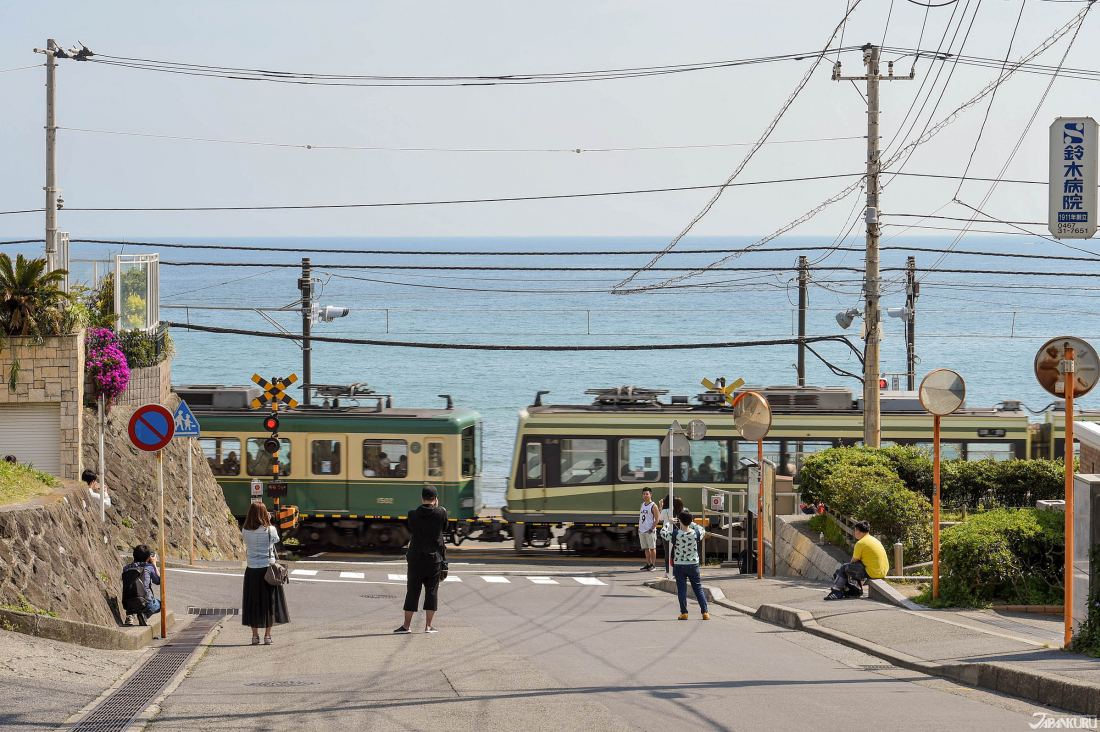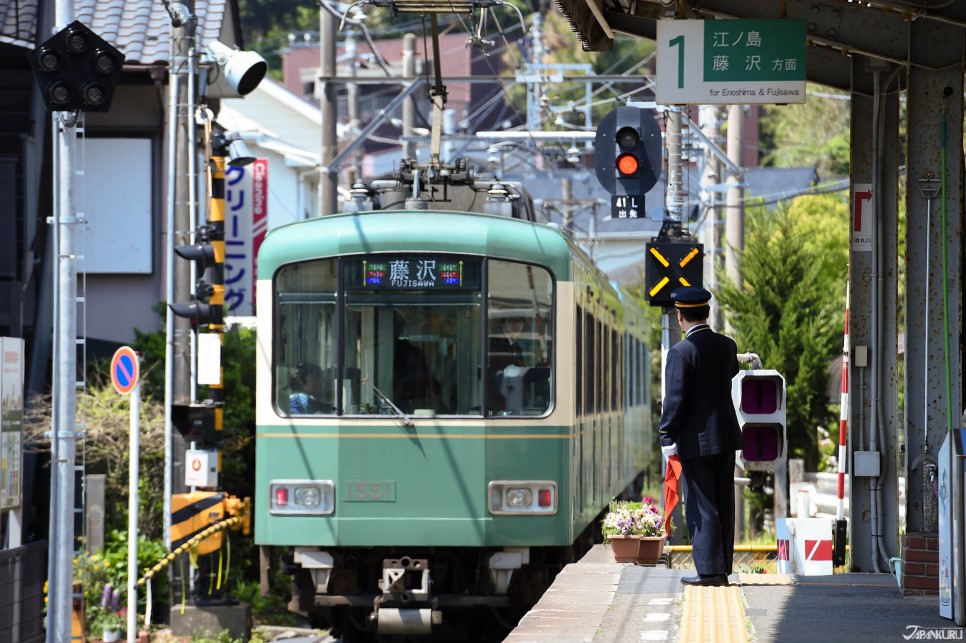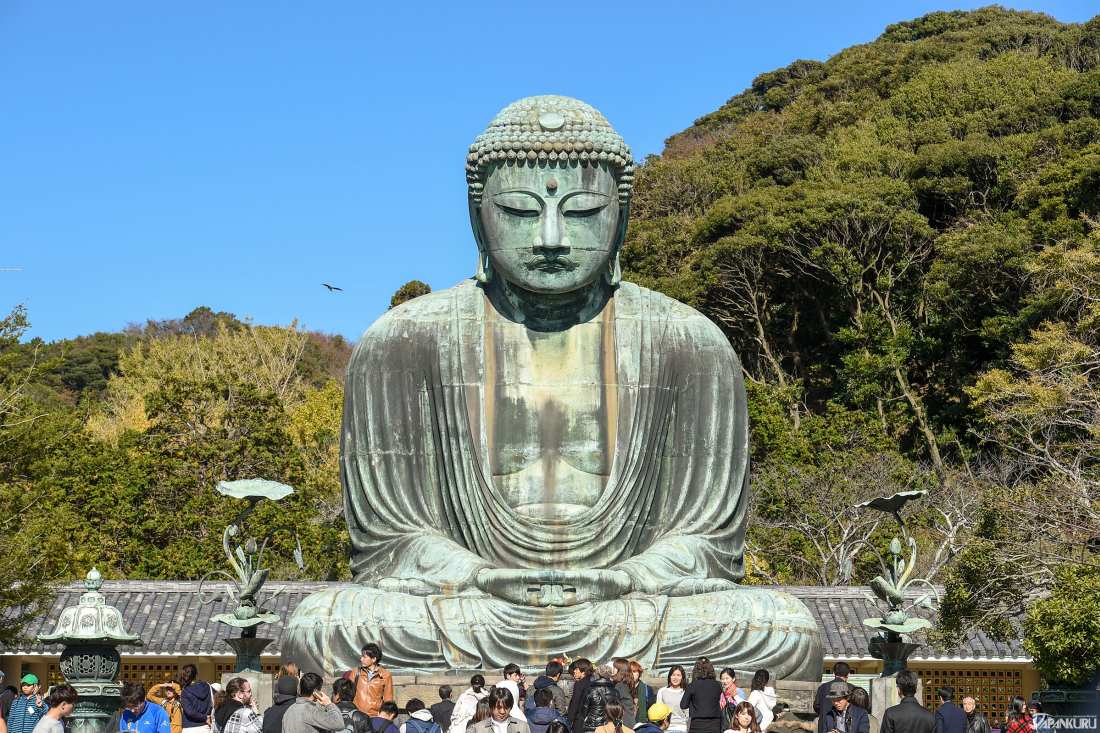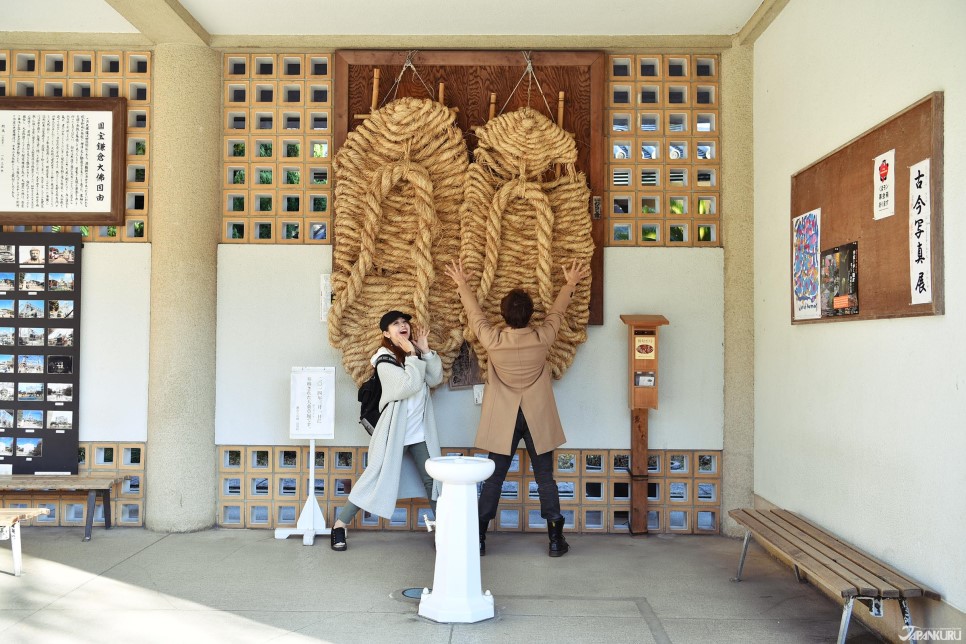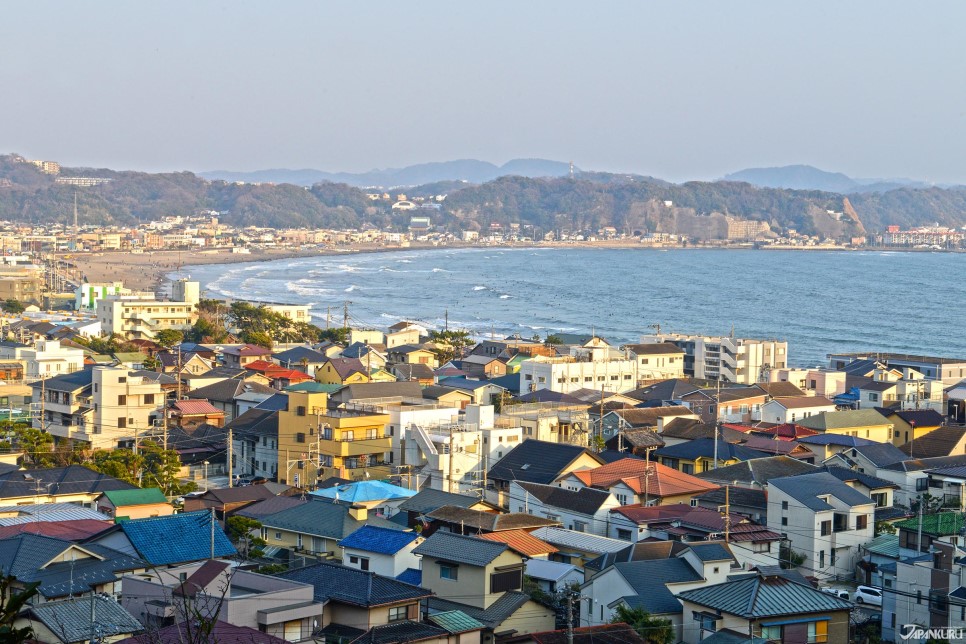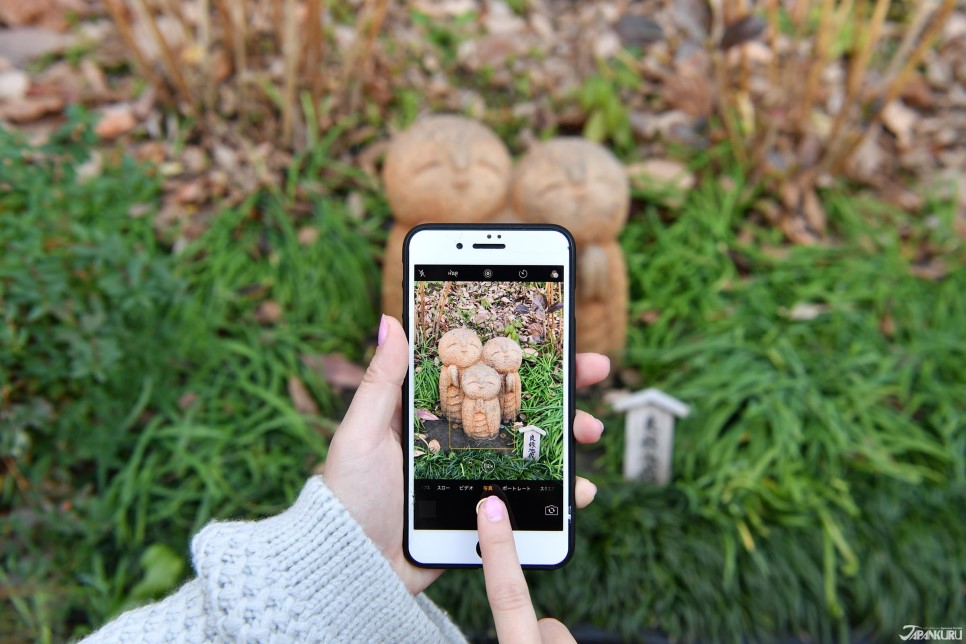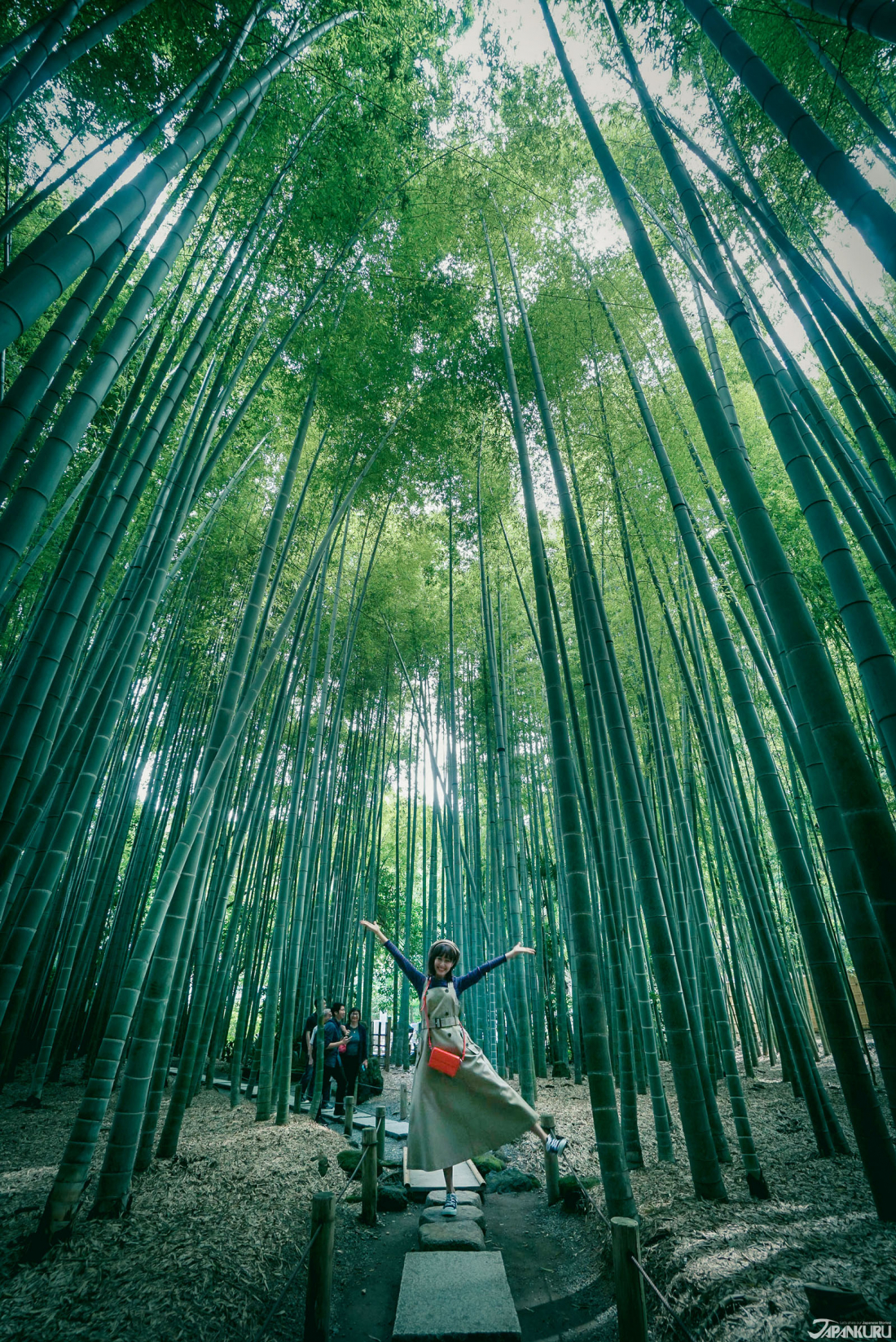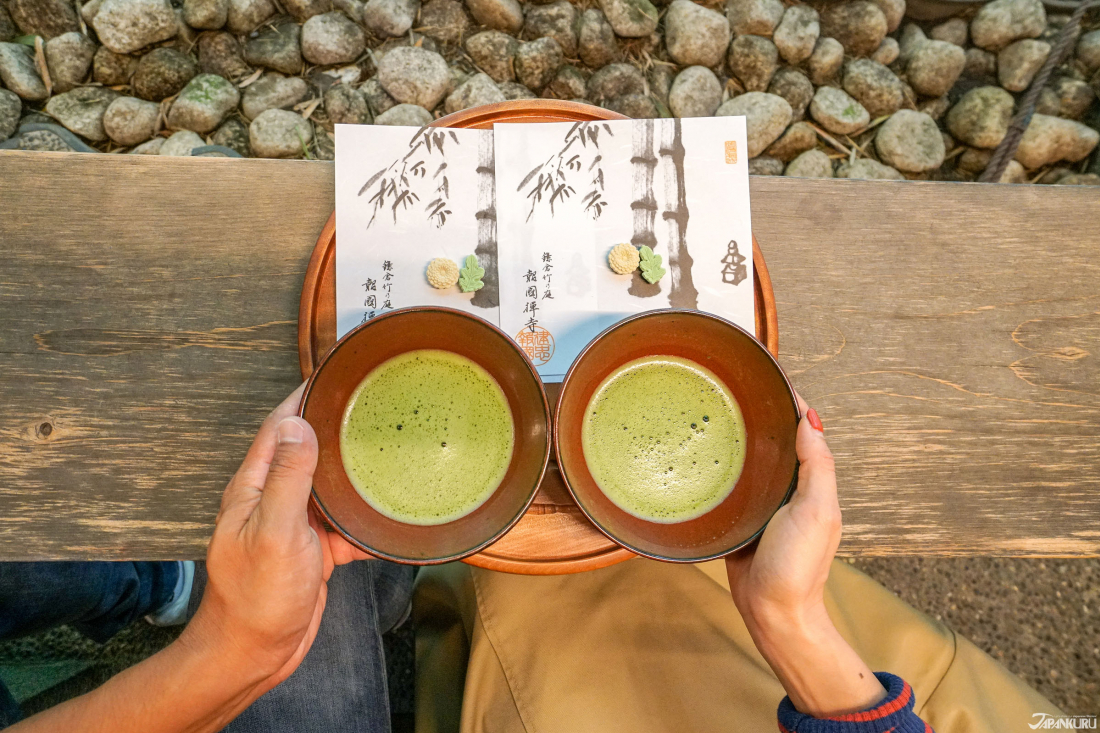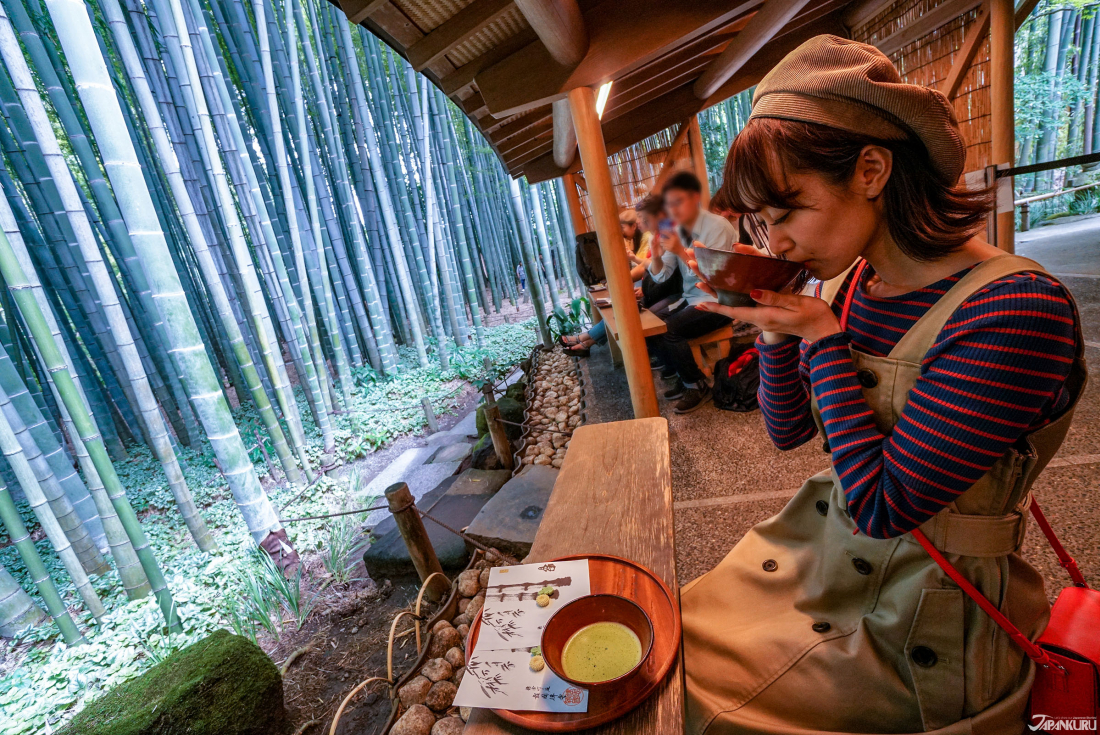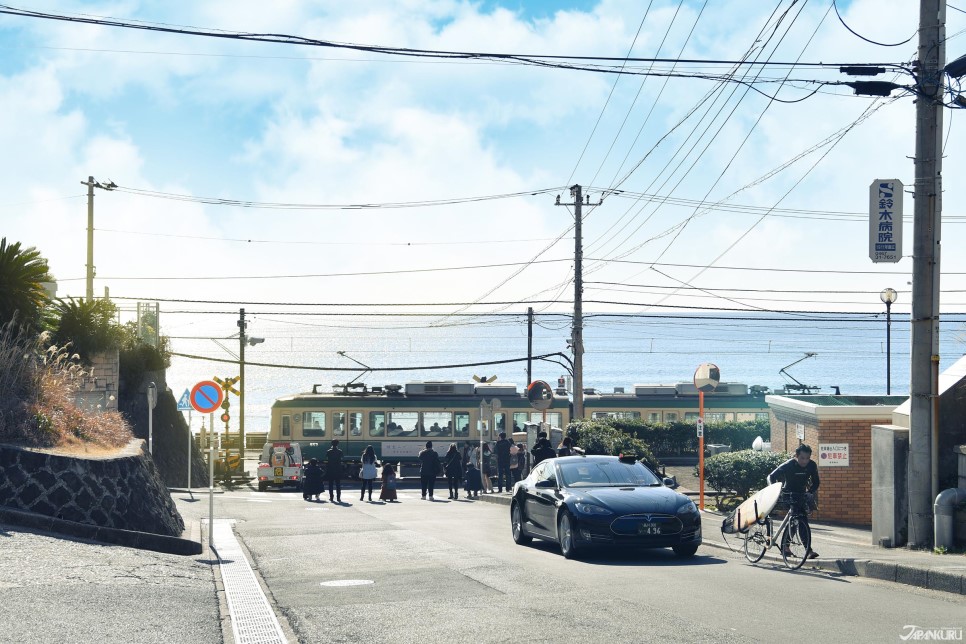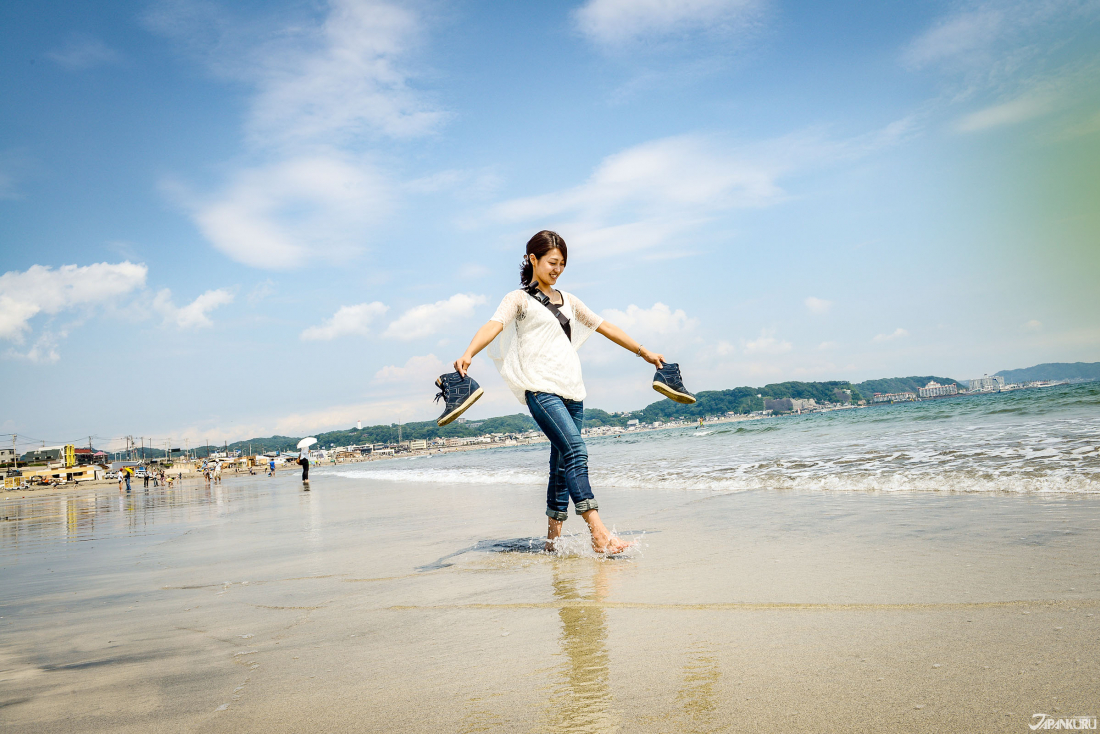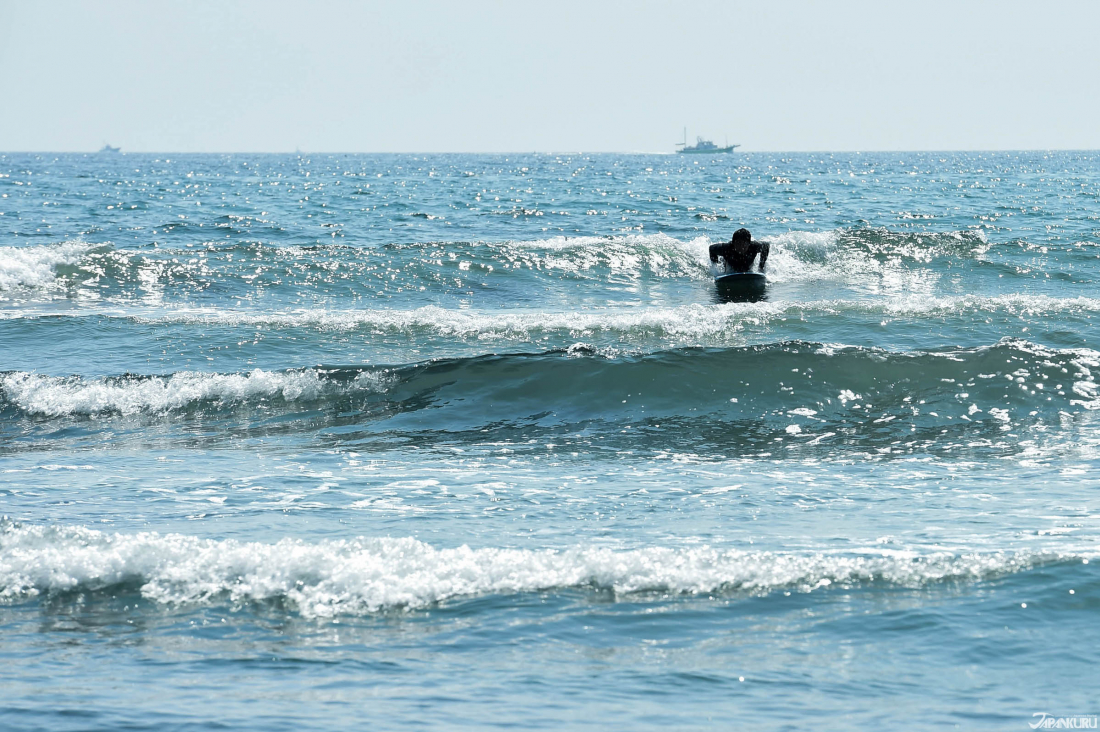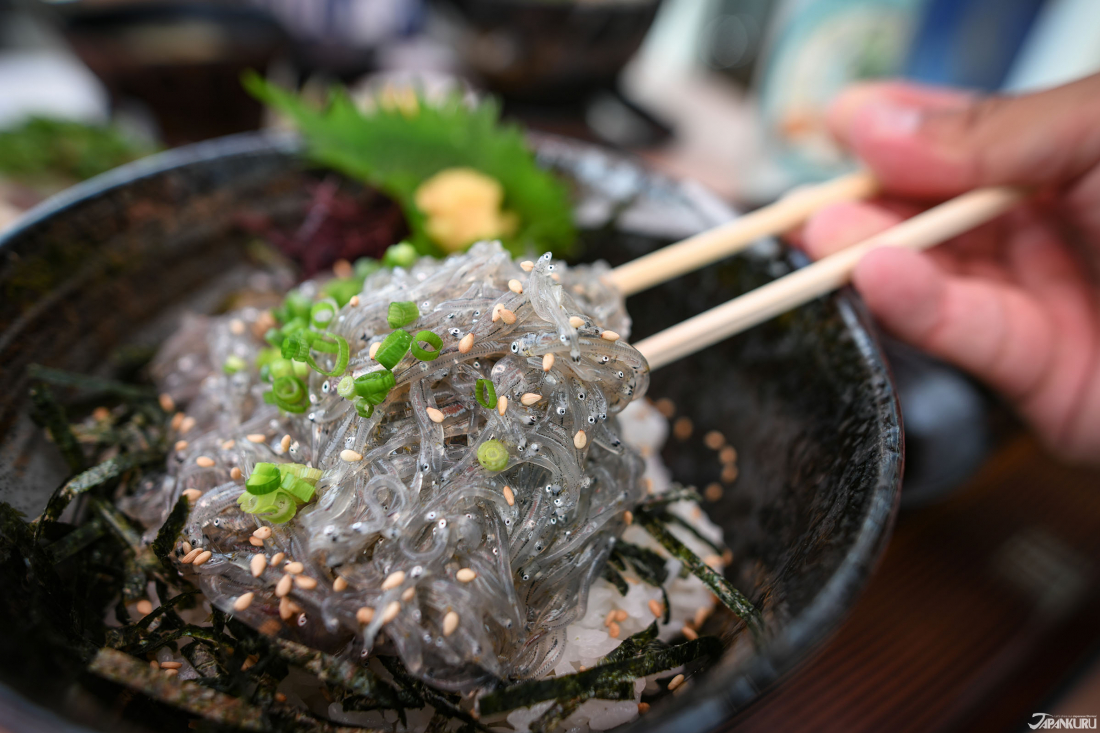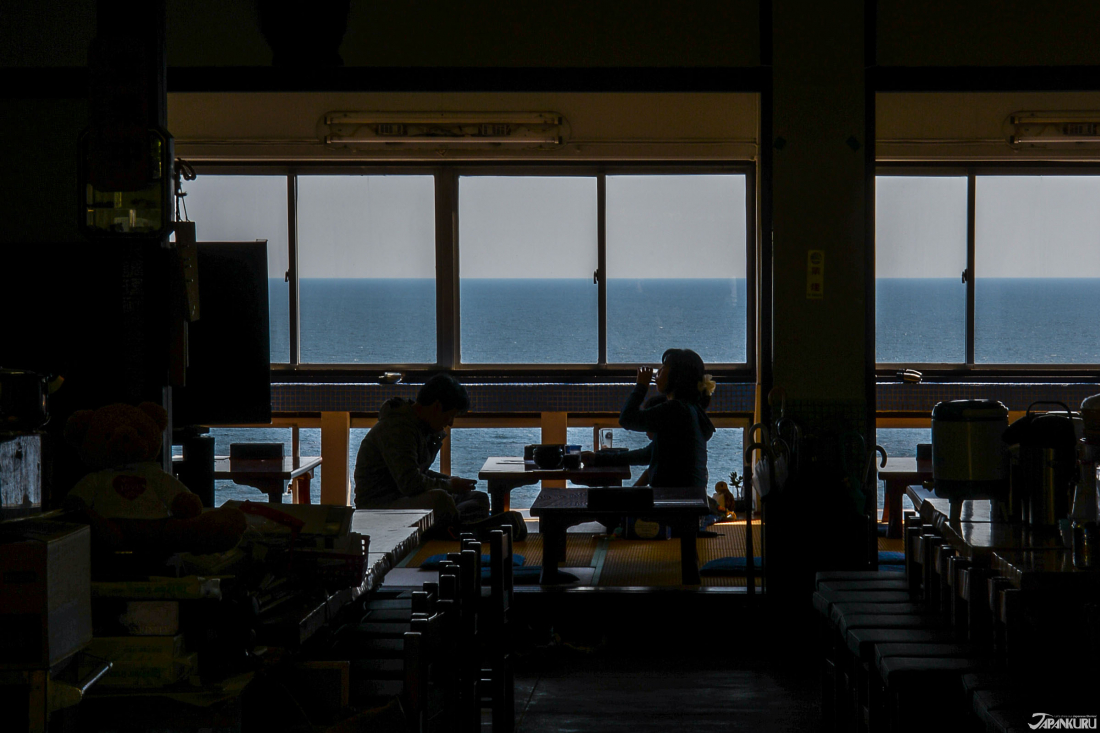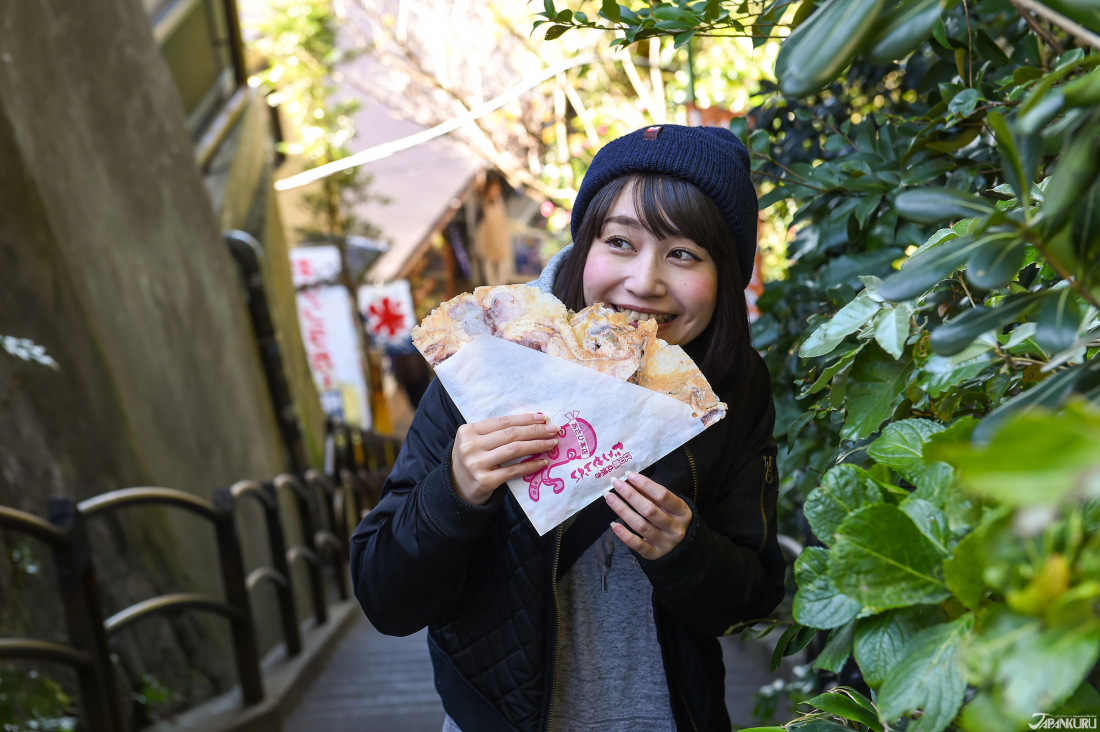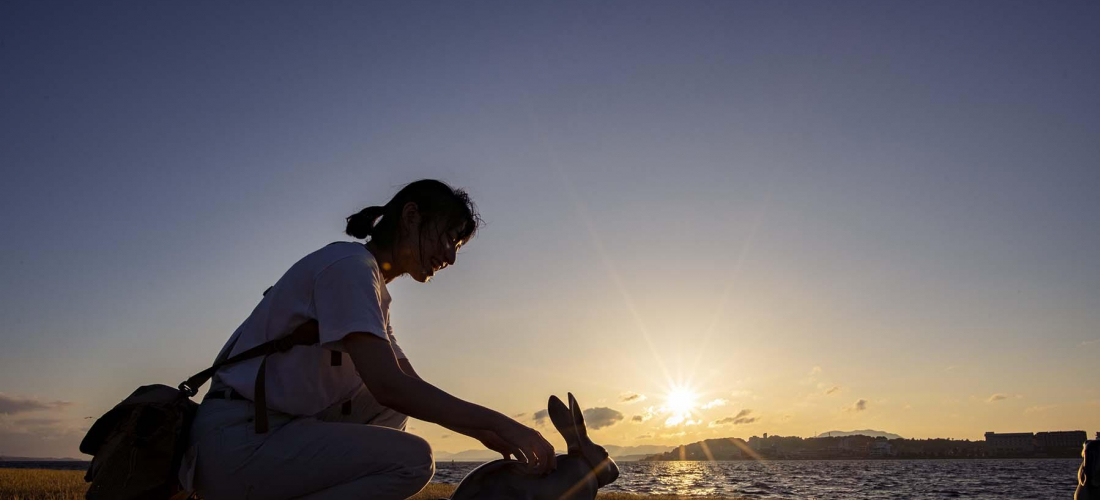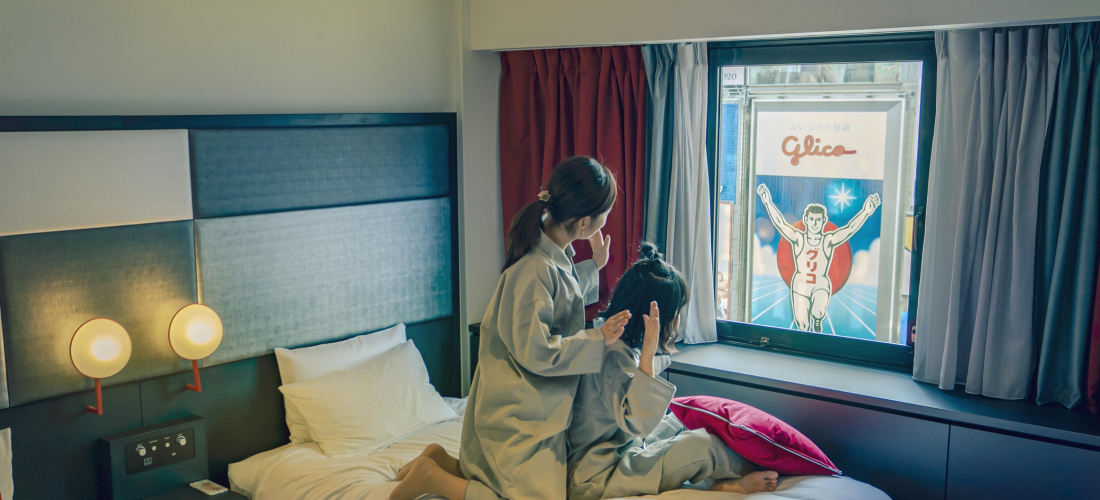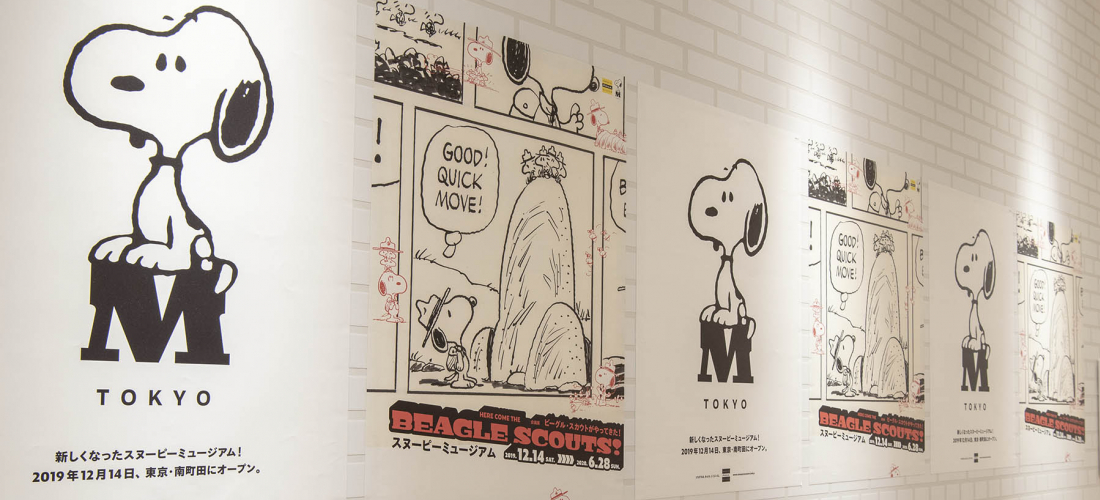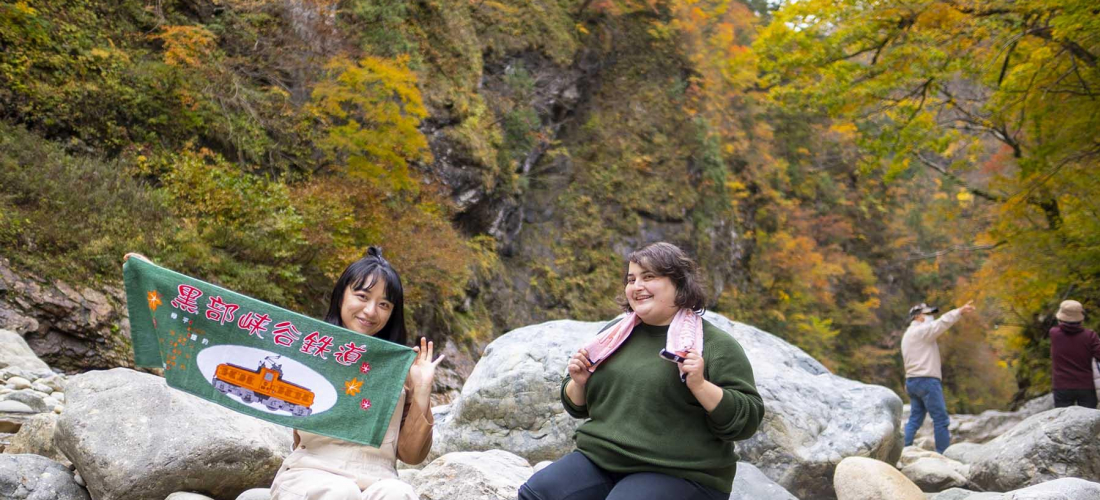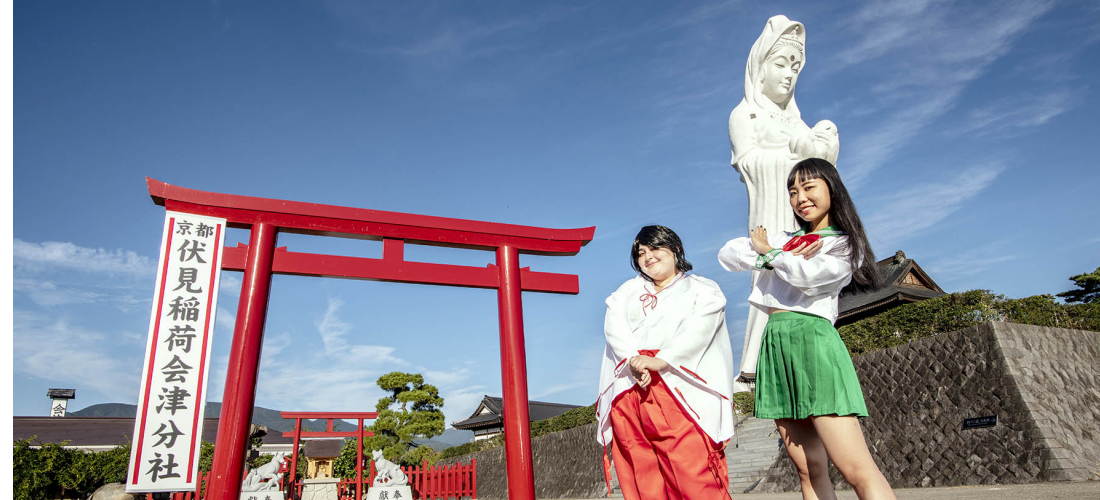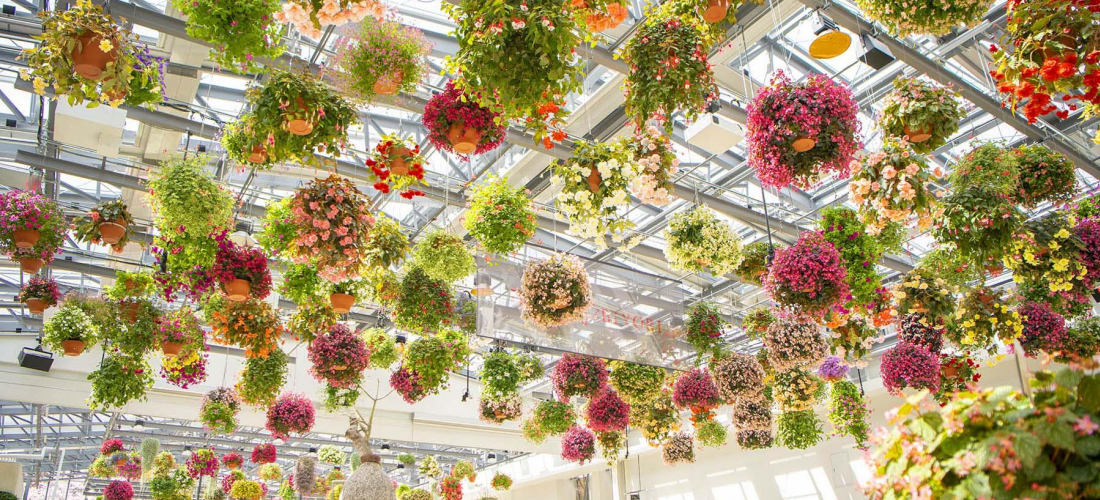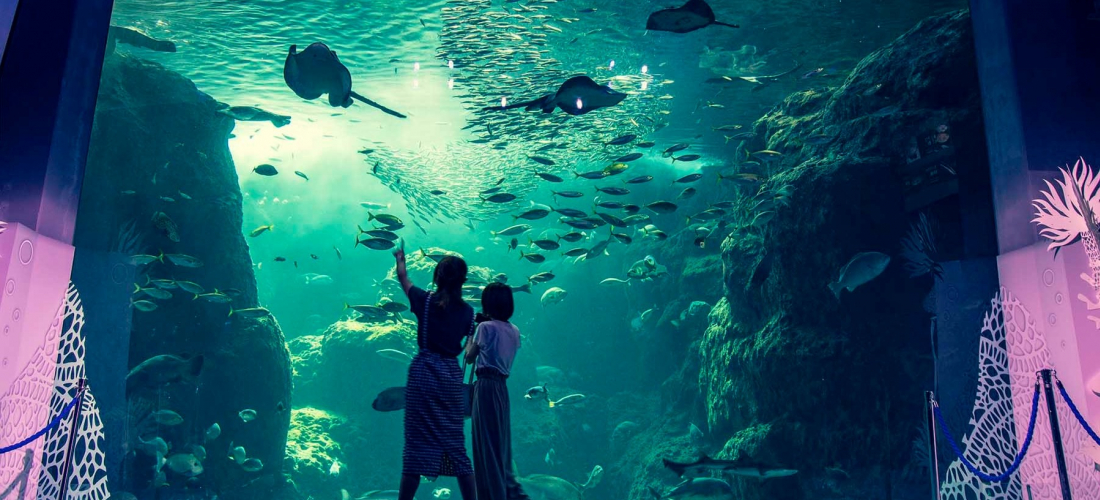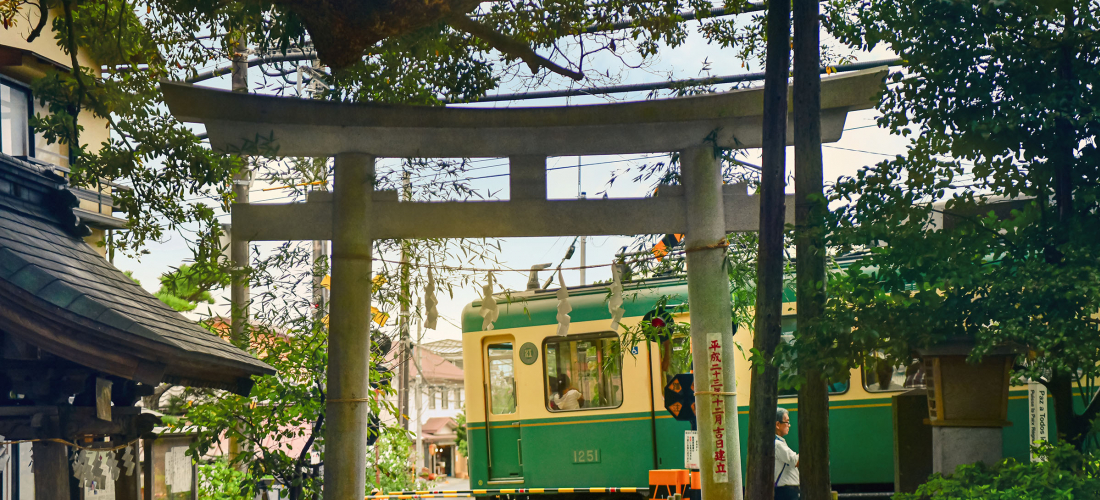
CONTENTS
Un voyage dans la banlieue de Tokyo! Enoshima et le reste de Kamakura seront-ils votre prochaine destination estivale?
Que vous soyez en train de préparer votre voyage pour le Japon ou que vous vous y trouvez déjà, vous vous êtes certainement renseigné sur Tokyo. Mais avez-vous entendu parler de ces deux destinations à deux pas de la mégalopole? La ville de Kamakura et l'île d'Enoshima sont à manquer sous aucun prétexte.
Kamakura est connue comme le "Kyoto de l'Est" et est célèbre pour son énorme Bouddha le "Daibutsu". Dirigez-vous ensuite vers Enoshima qui a de grands airs de Miami Beach, et qui est d'ailleurs sa ville jumelle! De plus, les fans du manga Slam Dunk (on sait que vous êtes là!), vous pourrez visiter de nombreux endroits qui ont directement inspirés de nombreuses scènes importantes.
Laissez-nous vous présenter les meilleurs spots de Kamakura et Enoshima.
Il est possible de se rendre à Kamakura et Enoshima directement depuis l'aéroport de Haneda grâce aux navettes. Sinon, vous pouvez prendre un train depuis Tokyo. Il vous faudra prendre la ligne Enoden à la gare de Fujisawa, ce qui vous mènera directement à Enoshima en environ une heure et demi.
Il vous sera alors possible de commencer depuis Kamakura ou depuis Enoshima. La ligne Odakyu vous prendra de Katase-Enoshima jusqu'à Kamakura, ou vous pouvez continuer sur la ligne Enoden depuis Kamakura jusqu'à la gare d'Enoshima. Dans tous les cas c'est très simple!
La ligne Enoden est connue pour son paysage magnifique, mais i il ne vous faudra pas traîner trop tard dans Kamakura, vous risqueriez de manquer le superbe coucher de soleil à Enoshima.
Alors… qu'attendons-nous? En avant mauvaise troupe!
#1. Le Daibutsu de Kamakura(鎌倉大仏殿高徳院)
A 10 minutes de la station Hase de la ligne Enoden se trouve un gigantesque Bouddha! Ce "Daibutsu" est classé comme trésor national japonais. Il pèse 121 tonnes et mesure 11.4 mètres de haut.
(Bien sûr, si vous êtes en quête de Bouddhas gigantesques au Japon, le plus grand se trouve sur le Mont Nokogiri!)
Vous pouvez payer 20 yens pour entrer dans le Bouddha.
Une paire de zori, des sandales japonaises, à la taille du Bouddha.
Une des caractéristiques du Daibutu de Kamakura est que vous pouvez visiter l'intérieur. Cela vaut largement les 20 yens demandés. Vous pouvez alors ne faire qu'un avec Bouddha sans même avoir atteint l'Eveil!
Kamakura Daibutsu(鎌倉大仏)
Adresse:〒248-0016 4-2-28 Hase, Kamakurashi, Kanagawa. Google Maps
Téléphone: 0467-22-0703
Horaires:
Avril-Septembre, 8:00 – 17:30
Octobre-March, 8:00 – 17:00
(Dernières entrées 15 mns avant fermeture.)
PriX: Adultes: 200 yens | 12 ans et moins: 150 yens
(Vous pouvez entrer dans le Bouddha pour 20 yens supplémentaires.)
Horaires d'entrées dans le Bouddha: 8:00 – 16:30
(Dernières entrées 10 mns avant fermeture.)
Official Website
#2. Temple Hasedera(長谷寺)
Le temple Hasedera originel a été construit pendant la période Kamakura, c'est à dire dans les 1100! (il existe même des légendes qui disent qu'il a été construit 500 ans plus tôt!) De plus, il donne sur une superbe vue de l'océan et de la ville en dessous.
La vue de Kamakura depuis le temple.
On dit que prendre en photo ces Jizo ou autres déités japonaises vous apportera de la chance.
En été, vous pourrez voir plus de 2500 hortensias depuis le temple, et en automne, la région est entourée de superbes érables japonais rougeoyants. Contempler les fleurs fait partie de la culture japonaise, mais rien n'est plus populaire que d'admirer la beauté des feuilles d'érables en automne. On appelle ça "koyo".
Trois statues de Jizo se cachent dans le temple, et cela vous portera chance de toutes les trouver.
長谷寺(長谷寺)
Adresse:〒248-0016 3-11-2 Hase, Kamakurashi, Kanagawa Google Map
Téléphone:0467-22-6300
Horaires:
Mars à Septembre 8:00 – 17:00
Octobre and Février 8:00 – 16:30
Prix: Adultes: 300 yens |12 ans et moins: 100 yens
Official Website
#3. Temple Houkokuji(報告寺)
Hôkokuji est un autre temple superbe à visiter en été. La forêt de bambou garde le lieu au frais, de quoi ravir les pandas cachés parmi vous.
Le matcha coûte seulement 500 yens.
Profitez d'une tasse de thé au milieu de la forêt de bambou.
Dans la forêt de bambou, le temple sert un délicieux bol de matcha accompagné d'un wagashi, un biscuit japonais traditionnel.
Temple Hôkokuji(報国寺)
Adresse:〒248-0003 2-7-4 Jomyoji, Kamakurashi, Kanagawa
Prix: 200 yens pour l'entrée et 500 yens pour le bol de matcha.
#4. Le Tsuruoka Hachimangu(鶴岡八幡宮)
Le sanctuaire qui représente tout Kamakura!
Le Sanctuaire Tsuruoka Hachimangu fut construit en 1063 par Minamoto-no-Yoritomo, le Shogun de l'époque, qui désirait déplacer le sanctuaire Iwashimizu Hachimangu de Kyoto jusqu'ici, pour que Kamakura devienne la nouvelle capitale du pays.
Comme le sanctuaire doit sa construction à la famille Minamoto, les membres ont été déifiés sous le statut de "ujigami", soit déités shintô.
Les Omikujis sont des messages de bonne-fortune que vous trouverez dans la plupart des sanctuaires du Japon.
Parfois le message n'est pas des plus positifs, dans ce cas, vous pouvez les attacher sur le temple pour contrer la mauvaise chance.
Si vous vous interrogez sur la suite de votre voyage au Japon, n'hésitez pas à prendre un omikuji. En espérant que le mot sera positif!
Tsuruoka Hachimangu Shrine(鶴岡八幡宮)
Adresse:〒248-8588 2-1-31 Yukinoshita, Kamakurashi, Kanagawa Google Maps
#5. Le sanctuaire Goryo(御霊神社)
L'entrée au sanctuaire Goryo Jinja est toute proche de la ligne Enoden. Si proche en fait que vous pouvez prendre le train en photo alors même que vous êtes dans le sanctuaire. Ce dernier est aussi très connu pour ses très nombreuses hortensias.
Ce magnifique temple fleuri se situe entre le grand Bouddha et le temple Hasedera, vous pouvez donc vous y rendre sur le chemin.
#6. Gare de Kamakurakokomae(鎌倉高校前)
La gare de Kamakurakokomae commence à gagner en popularité du fait que de plus en plus de fans du manga et dessin animé Slam Dunk s'y rendent en pélerinage. Kamakurakokomae (鎌倉高校前) signifie "en face du lycée Kamakura", et ce dernier a servi comme décor pour le manga. Ce qui a posé parfois problème car de nombreux touristes, oubliant qu'il s'agit d'un vrai lycée, s'y sont rendus sans autorisation! Pour tous les fans de Slam Dunk, n'oubliez pas que la gare elle-même est déjà un spot iconique qui a servi pour les merveilleuses intrigues du manga.
Kamakurakokomae Train Station(鎌倉高校前)
Location:〒248-0033 1-1 Koshigoe, Kamakura-shi, Kanagawa
#7.La plage de Yuigahama(由比ヶ浜)
L'une des meilleures plages autour de Tokyo où de nombreux Tokyoïtes viennent surfer, nager ou profiter du soleil. Si vous prévoyez de louer une voiture pour voyager dans tout le Japon, la route le long de la côte est très agréable pour la conduire, près de la mer et des plages.
L'île d'Enoshima au fond.
Un spot de surf célèbre!
En plus de la plage, si le temps vous le permet, vous pourrez même apercevoir le Mont Fuji de l'autre côté!
Yuigahama Beach(由比ヶ浜)
Adresse:〒248-0014 4 Yuigahama, Kamakurashi, Kanagawa Google Maps
Website de la municipalité
Les gourmets d’Enoshima #1. Shirasu-Don(しらす丼)
Un Shirasu-don frais! Voici un délicieux produit de l'océan voisin. Shirasu est le nom japonais pour désigner les bébés poissons d'anchois que l'on mange entier. Le "don" signifie "bol". Il s'agit donc d'un bol de minuscules poissons mélangés dans du riz. Spécialité d'Enoshima, il est considéré comme un met de choix de la région.
Par contre, il est impossible de manger du shirasu frais entre janvier et mars car sa pêche est interdite. Vous pouvez tout de même en goûter du cuit si vous venez durant cette saison. Et ces petits poissons sont tout aussi excellents grillés, donc il n'y aura pas de déçus.
Mmmm.. Du shirasu frais avec sa sauce soja au gingembre.
Avec vue sur l'océan.
D'autres plats à base de fruits de mer sont aussi célèbres sur l'îles, tels que…
Plat des gourmets #2. Tako-Senbei(たこ煎餅)
Une autre nourriture à grignoter sur l'île sont les tako-senbei. Tako signifie pieuvre et les senbei sont des sortes de chips japonais qu'on trouve un peu partout au Japon. (Il existe même des magasins entiers à Tokyo qui leurs sont consacrés!)
Vous pouvez en prendre un sur le chemin et vous promenez tout en dégustant ce mélange de pieuvre mouelleuse et de chips craquant. (Attention à ne pas en projeter sur les autres lorsque vous en manger. Cela a été un réel problème et les autorités locales ont instauré des zones où il est interdit d'en manger!)
Venez visiter Kamakura et Enoshima cette année!
En espérant que vous avez apprécié nos recommandations! Entre les plages, les temples et les hortensias, Enoshima est un merveilleux endroit à visiter.
Vous pouvez aussi jeter un oeil à nos articles détaillés sur certains endroits déjà mentionnés ici, ou à d'autres consacrés aux alentours de Kamakura et Enoshima.
Pélerinage pour les fans de Slam Dunk
Les meilleures choses à faire pour ramener la chance avec vous: Gokuraku-ji
Pensez à lire JAPANKURU pour les articles passionnants chaque jour!
Ou ajoutez-nous sur Instagram et Facebook pour partager vos photos du Japon.🗾
COMMENT
FEATURED MEDIA
VIEW MORE 
A New Tokyo Animal Destination: Relax & Learn About the World’s Animals in Japan
#pr #japankuru #anitouch #anitouchtokyodome #capybara #capybaracafe #animalcafe #tokyotrip #japantrip #카피바라 #애니터치 #아이와가볼만한곳 #도쿄여행 #가족여행 #東京旅遊 #東京親子景點 #日本動物互動體驗 #水豚泡澡 #東京巨蛋城 #เที่ยวญี่ปุ่น2025 #ที่เที่ยวครอบครัว #สวนสัตว์ในร่ม #TokyoDomeCity #anitouchtokyodome

Shohei Ohtani Collab Developed Products & Other Japanese Drugstore Recommendations From Kowa
#pr #japankuru
#kowa #syncronkowa #japanshopping #preworkout #postworkout #tokyoshopping #japantrip #일본쇼핑 #일본이온음료 #오타니 #오타니쇼헤이 #코와 #興和 #日本必買 #日本旅遊 #運動補充能量 #運動飲品 #ช้อปปิ้งญี่ปุ่น #เครื่องดื่มออกกำลังกาย #นักกีฬา #ผลิตภัณฑ์ญี่ปุ่น #อาหารเสริมญี่ปุ่น

도쿄 근교 당일치기 여행 추천! 작은 에도라 불리는 ‘가와고에’
세이부 ‘가와고에 패스(디지털)’ 하나면 편리하게 이동 + 가성비까지 완벽하게! 필름카메라 감성 가득한 레트로 거리 길거리 먹방부터 귀여움 끝판왕 핫플&포토 스폿까지 총집합!
Looking for day trips from Tokyo? Try Kawagoe, AKA Little Edo!
Use the SEIBU KAWAGOE PASS (Digital) for easy, affordable transportation!
Check out the historic streets of Kawagoe for some great street food and plenty of picturesque retro photo ops.
#pr #japankuru #도쿄근교여행 #가와고에 #가와고에패스 #세이부패스 #기모노체험 #가와고에여행 #도쿄여행코스 #도쿄근교당일치기 #세이부가와고에패스
#tokyotrip #kawagoe #tokyodaytrip #seibukawagoepass #kimono #japantrip

Hirakata Park, Osaka: Enjoy the Classic Japanese Theme Park Experience!
#pr #japankuru #hirakatapark #amusementpark #japantrip #osakatrip #familytrip #rollercoaster #retrôvibes #枚方公園 #大阪旅遊 #關西私房景點 #日本親子旅行 #日本遊樂園 #木造雲霄飛車 #히라카타파크 #สวนสนุกฮิราคาตะพาร์ค

🍵Love Matcha? Upgrade Your Matcha Experience With Tsujiri!
・160년 전통 일본 말차 브랜드 츠지리에서 말차 덕후들이 픽한 인기템만 골라봤어요
・抹茶控的天堂!甜點、餅乾、飲品一次滿足,連伴手禮都幫你列好清單了
・ส่องมัทฉะสุดฮิต พร้อมพาเที่ยวร้านดังในอุจิ เกียวโต
#pr #japankuru #matcha #matchalover #uji #kyoto #japantrip #ujimatcha #matchalatte #matchasweets #tsujiri #말차 #말차덕후 #츠지리 #교토여행 #말차라떼 #辻利抹茶 #抹茶控 #日本抹茶 #宇治 #宇治抹茶 #日本伴手禮 #抹茶拿鐵 #抹茶甜點 #มัทฉะ #ของฝากญี่ปุ่น #ชาเขียวญี่ปุ่น #ซึจิริ #เกียวโต

・What Is Nenaito? And How Does This Sleep Care Supplement Work?
・你的睡眠保健品——認識「睡眠茶氨酸錠」
・수면 케어 서플리먼트 ‘네나이토’란?
・ผลิตภัณฑ์เสริมอาหารดูแลการนอน “Nenaito(ネナイト)” คืออะไร?
#pr #japankuru #sleepcare #japanshopping #nenaito #sleepsupplement #asahi #睡眠茶氨酸錠 #睡眠保健 #朝日 #l茶胺酸 #日本藥妝 #日本必買 #일본쇼핑 #수면 #건강하자 #네나이토 #일본영양제 #อาหารเสริมญี่ปุ่น #ช้อปปิ้งญี่ปุ่น #ร้านขายยาญี่ปุ่น #ดูแลตัวเองก่อนนอน #อาซาฮิ

Japanese Drugstore Must-Buys! Essential Items from Hisamitsu® Pharmaceutical
#PR #japankuru #hisamitsu #salonpas #feitas #hisamitsupharmaceutical #japanshopping #tokyoshopping #traveltips #japanhaul #japantrip #japantravel

Whether you grew up with Dragon Ball or you just fell in love with Dragon Ball DAIMA, you'll like the newest JINS collab. Shop this limited-edition Dragon Ball accessory collection to find some of the best Dragon Ball merchandise in Japan!
>> Find out more at Japankuru.com! (link in bio)
#japankuru #dragonball #dragonballdaima #animecollab #japanshopping #jins #japaneseglasses #japantravel #animemerch #pr

This month, Japankuru teamed up with @official_korekoko to invite three influencers (originally from Thailand, China, and Taiwan) on a trip to Yokohama. Check out the article (in Chinese) on Japankuru.com for all of their travel tips and photography hints - and look forward to more cool collaborations coming soon!
【橫濱夜散策 x 教你怎麼拍出網美照 📸✨】
每次來日本玩,是不是都會先找旅日網紅的推薦清單?
這次,我們邀請擁有日本豐富旅遊經驗的🇹🇭泰國、🇨🇳中國、🇹🇼台灣網紅,帶你走進夜晚的橫濱!從玩樂路線到拍照技巧,教你怎麼拍出最美的夜景照。那些熟悉的景點,換個視角說不定會有新發現~快跟他們一起出發吧!
#japankuru #橫濱紅磚倉庫 #汽車道 #中華街 #yokohama #japankuru #橫濱紅磚倉庫 #汽車道 #中華街 #yokohama #yokohamaredbrickwarehouse #yokohamachinatown

If you’re a fan of Vivienne Westwood's Japanese designs, and you’re looking forward to shopping in Harajuku this summer, we’ve got important news for you. Vivienne Westwood RED LABEL Laforet Harajuku is now closed for renovations - but the grand reopening is scheduled for July!
>> Find out more at Japankuru.com! (link in bio)
#japankuru #viviennewestwood #harajuku #omotesando #viviennewestwoodredlabel #viviennewestwoodjapan #비비안웨스트우드 #오모테산도 #하라주쿠 #日本購物 #薇薇安魏斯伍德 #日本時尚 #原宿 #表參道 #japantrip #japanshopping #pr

Ready to see TeamLab in Kyoto!? At TeamLab Biovortex Kyoto, the collective is taking their acclaimed immersive art and bringing it to Japan's ancient capital. We can't wait to see it for ourselves this autumn!
>> Find out more at Japankuru.com! (link in bio)
#japankuru #teamlab #teamlabbiovortex #kyoto #kyototrip #japantravel #artnews
Photos courtesy of teamLab, Exhibition view of teamLab Biovortex Kyoto, 2025, Kyoto ® teamLab, courtesy Pace Gallery

Japanese Makeup Shopping • A Trip to Kamakura & Enoshima With Canmake’s Cool-Toned Summer Makeup
#pr #canmake #enoshima #enoden #에노시마 #캔메이크 #japanesemakeup #japanesecosmetics

⚔️The Robot Restaurant is gone, but the Samurai Restaurant is here to take its place. Check it out, and don't forget your coupon!
🍣신주쿠의 명소 로봇 레스토랑이 사무라이 레스토랑으로 부활! 절찬 쿠폰 발급중
💃18歲以上才能入場的歌舞秀,和你想的不一樣!拿好優惠券去看看~
#tokyo #shinjuku #samurairestaurant #robotrestaurant #tokyotrip #도쿄여행 #신주쿠 #사무라이레스토랑 #이색체험 #할인이벤트 #歌舞伎町 #東京景點 #武士餐廳 #日本表演 #日本文化體驗 #japankuru #japantrip #japantravel #japanlovers #japan_of_insta

Japanese appliance & electronics shopping with our KOJIMA x BicCamera coupon!
用JAPANKURU的KOJIMA x BicCamera優惠券買這些正好❤️
코지마 x 빅 카메라 쿠폰으로 일본 가전 제품 쇼핑하기
#pr #japankuru #japanshopping #kojima #biccamera #japaneseskincare #yaman #dji #osmopocket3 #skincaredevice #日本購物 #美容儀 #相機 #雅萌 #日本家電 #일본여행 #면세 #여행꿀팁 #일본쇼핑리스트 #쿠폰 #일본쇼핑 #일본브랜드 #할인 #코지마 #빅카메라 #japankurucoupon

